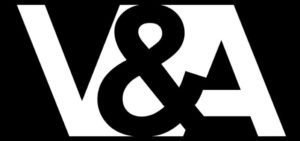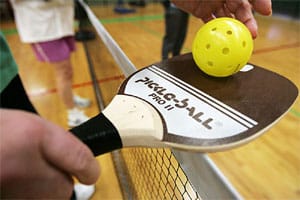If you are serious about the sport and want to take part in tournaments with a paddle, make sure you choose the right paddle when you play. Best pickleball paddles can be difficult to decide which one is best for you, but you need to know that before you decide.
How to hold pickleball paddle at the net
We will teach you how to hold the paddle properly and how to hold it. Before I talk about where to hold the pickleball paddle, I try to hold it in a different way and see what you think.
See if you can move the index finger of the other hand between the fingertips and the heel of the hand to grab the paddle. Hold it with your normal handle and see if it works for you or if not, if it can be pushed between your index fingers and your heel in your hand. Grip the paddle with a normal grip: See if the index finger of the other hand can slide with the fingertip and heels in both hands to grab it. Hold them with their normal grips: See what you think.
Handle the paddle with a normal handle: See if the index finger of the other hand can slide between the fingertips and the heel of the hand to grab it. If you don’t have a pickleball paddle handy, you can measure the grip size with a ruler.
If you are not sure if the face of the paddle is at right angles to the ground, here is a way to predict it: Look at the edge of the handle, not only the tip of the handle, but also the middle of his face. If you look directly over the edges of your paddle and your grip is a trembling grip or claw grip, then you can grab it with your right hand. Look for a grip size close enough for your left hand to be close to the handle, but not close enough for it to touch.
If you want to put your index finger on the back of the paddle or if you want to let your hand slide out of the grip for more control, try a paddle with a shorter grip length. One of my teammates prefers a short grip, and he prefers to hold his paddle in his right hand and hold it with his left. I recommend that all players use the shorter grip to put their fingers over the paddle surface without losing much range. Due to the grip length, many players like to put their fingers on the paddle surface to better control the orientation of the paddle. If you change the handle each time, take your hands out and put them back on your pimple paddle.
By putting their fingers on the paddle face, the players show their incredible control and stability of the paddles. Often, players, especially table tennis players, can be seen changing the grip by putting their fingers in the same position as their hands without touching the face or back of the hand of the canoe.
Because when you hit a backhand with a claw grip or fend off hard punches, it’s difficult to show the face of the racket to the other side of the court. The biggest disadvantage is that when turning and putting the backhand, the fingers take up a lot of space on the paddle face. In tennis and badminton, most paddles have an octagonal base like a tennis grip, so it is a bit difficult to measure the angle of a paddle relative to your hand.
Again, the lever and weight on the head of the paddle can make it feel heavy, but you can apply more energy by simply moving it with a volley, forehand or backhand. When you hit the front backhand, start your swing and finish with your right hand. If your paddle head is on your wrist, it should point in the same direction as your left hand, not the other way around.
Some things to consider when choosing a proper pickleball paddle weight are age, strength, paddle head speed, etc. If you find a paddle that feels good in the hand and balances with the hands, try to get the paddle with a weight. Due to the improvements in playing with paddles, I recommend to choose paddle weights with a balanced weight in the middle instead of focusing on the grip. Once you have found a paddle weight, you feel good in balance with your hands and balance with them, you can try to get it for a good grip and a strong grip on the ground.
When choosing the Pickleball Paddle Grip size, take into account the grip you will be using and the size of your hand and whether or not you will be using an OverGrip.

